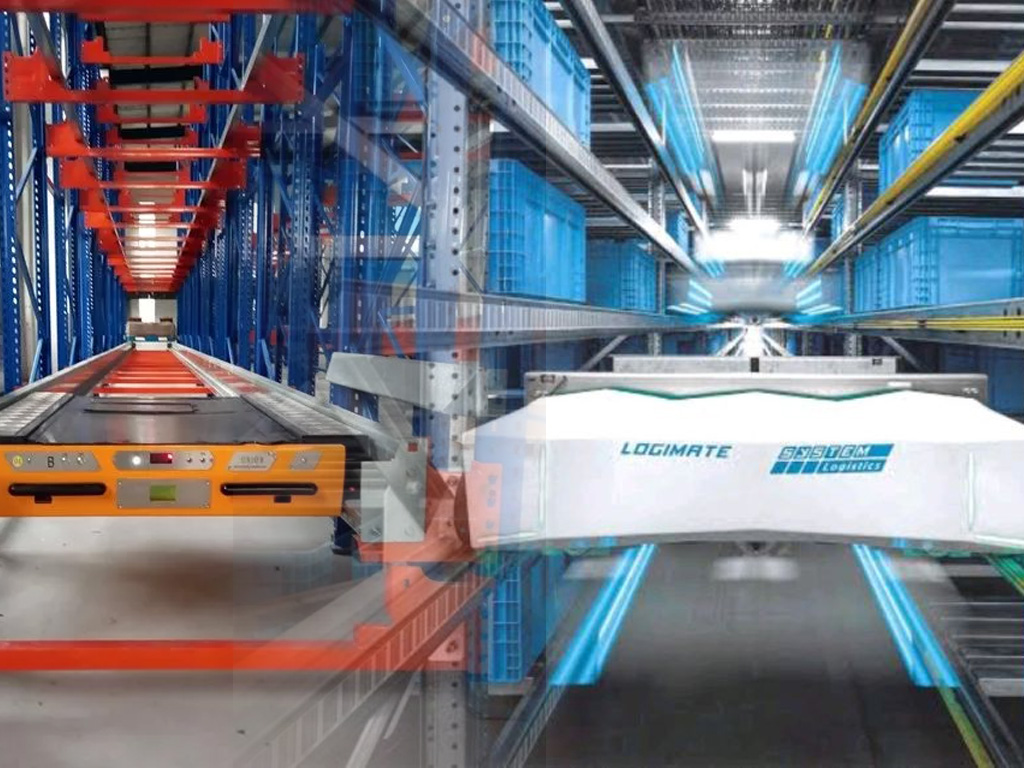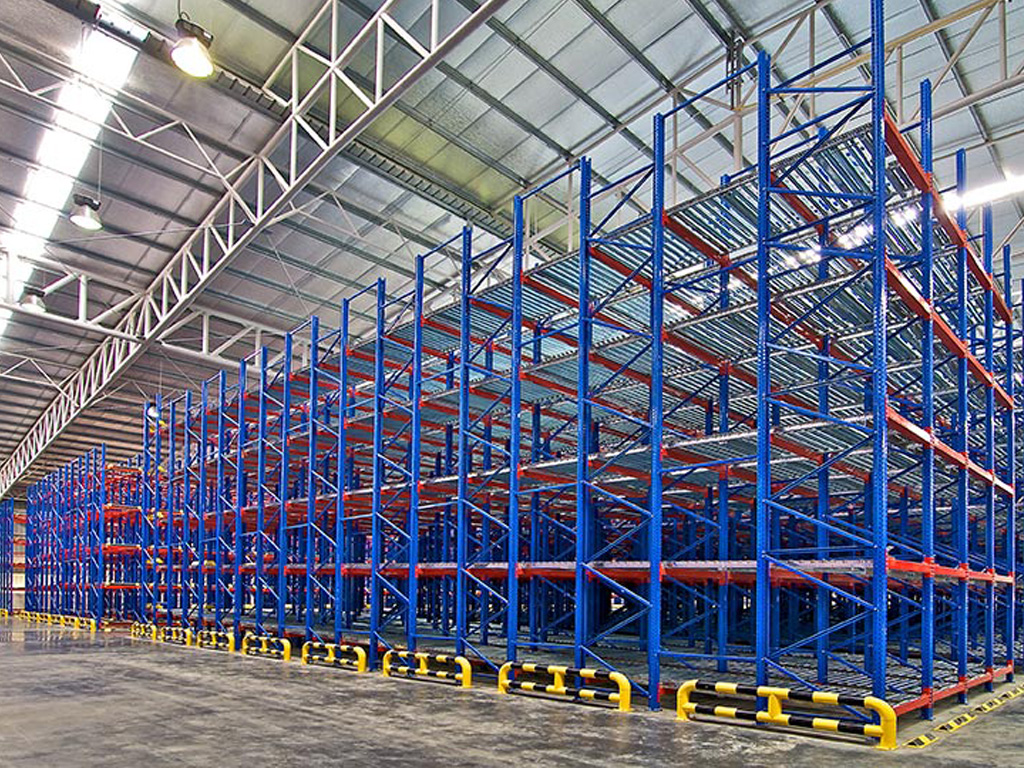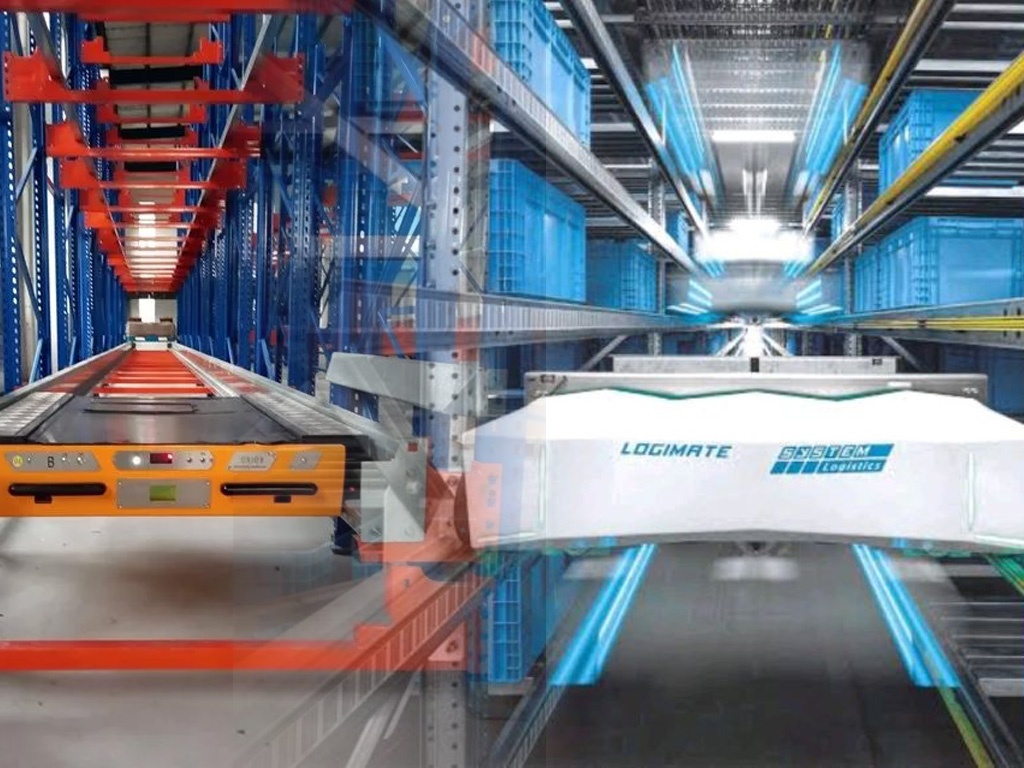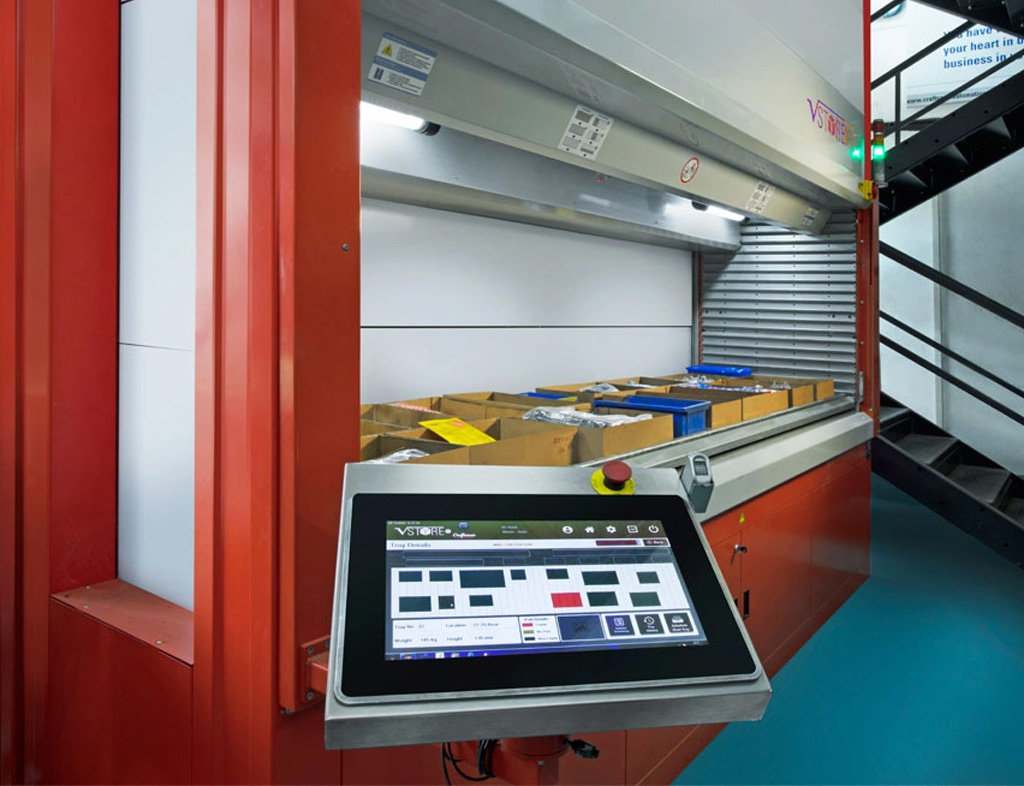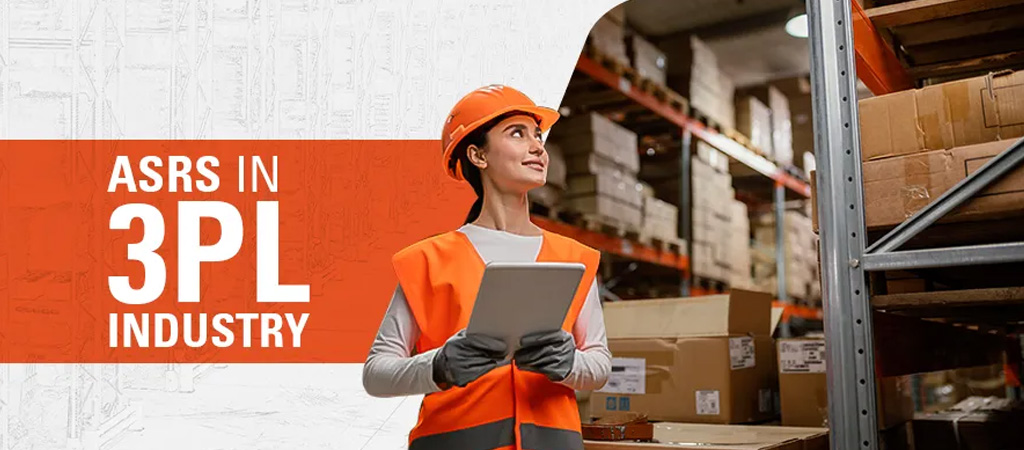
In today’s rapidly evolving supply chain and logistics industry, the need for automated storage and retrieval systems (AS/RS) has become essential for efficient and effective operations. Automated storage and retrieval systems are an innovative technology that is revolutionizing the way 3PL industries store and retrieve goods.
Unit load or small load automated storage and retrieval systems are examples of large-scale, fixed automation that third-party logistics (3PL) service companies have generally shied away from investing in. This is because the payback period for these systems has historically been longer than the duration of a standard 3PL/customer contract. It didn’t make financial sense to invest in an expensive and complex system for a client who might take their business elsewhere after just three years. Additionally, traditional crane-based ASRS systems lacked the necessary flexibility to be repurposed for a different 3PL customer.
In contrast to the past, current circumstances have changed. The agreed-upon timeframes between 3PLs and their clients are expanding, and it’s becoming increasingly difficult to find manual labor, resulting in higher wages. The ASRS category has also expanded to encompass various types and styles of systems. The most recent ASRS use shuttle-based technology, employing robotic extractors on wheels that move vertically and horizontally throughout the storage system to retrieve totes as needed. The extractors then deliver the totes to workstations that integrate goods-to-person, where operators select the necessary items to fulfill orders.
What is an Automated Storage and Retrieval System (AS/RS)?
An automated storage and retrieval system is a system that stores, retrieves, and moves materials with the help of computer-controlled systems. These systems can be vertical or horizontal, and they use robotics, conveyors, and other automated technologies to efficiently store and retrieve goods.
The system is controlled by a central computer system that manages the movement of goods. When goods are received, they are scanned and assigned a location in the storage area. The computer then instructs the appropriate machine to move the goods to their assigned location. When goods are needed, the computer sends instructions to the appropriate machine to retrieve the goods and move them to the retrieval area.
The Benefits of AS/RS in the 3PL Industry
Increased efficiency: AS/RS systems can process and retrieve goods at a much faster rate than manual labor. With automation, there is no need for human intervention, which reduces the chances of error and increases the speed of storage and retrieval operations.
Better space utilization: AS/RS systems use vertical storage to optimize space utilization. This means that the system can store more goods in less space, which is especially important in urban areas where real estate is at a premium.
Improved accuracy: The use of AS/RS systems minimizes the chances of human error. Automated systems are designed to work with a high degree of accuracy, which reduces the risk of errors and costly mistakes.
Reduced labor costs: With the use of AS/RS systems, there is no need for manual labor for storage and retrieval operations. This means that companies can reduce labor costs, which is a significant cost savings.
: Automated systems are designed to operate with high levels of safety. They reduce the chances of accidents and injuries, which is especially important in high-risk industries such as 3PL.What is an Automated Storage and Retrieval System (AS/RS)?
Conclusion
Warehouse obstacles can hinder operational efficiency and productivity. Overcoming these challenges requires a strategic approach and consideration of key factors. Some common warehouse obstacles include inventory management, tracking, order fulfilment, labour shortages, compliance with regulations, adapting to market changes, managing disruptions, and aligning with business targets. To overcome these obstacles, businesses can implement our products for effective inventory control systems, adopt efficient tracking and record-keeping processes, enhance order fulfilment procedures, attract and retain skilled workers, ensure compliance with regulations, stay updated with market trends, develop robust contingency plans for supply chain disruptions, and align warehouse operations with overall business strategies.



